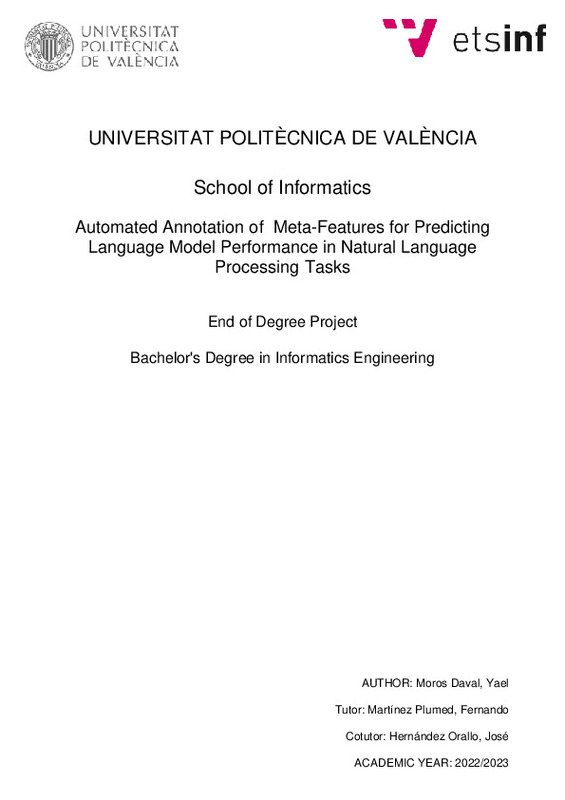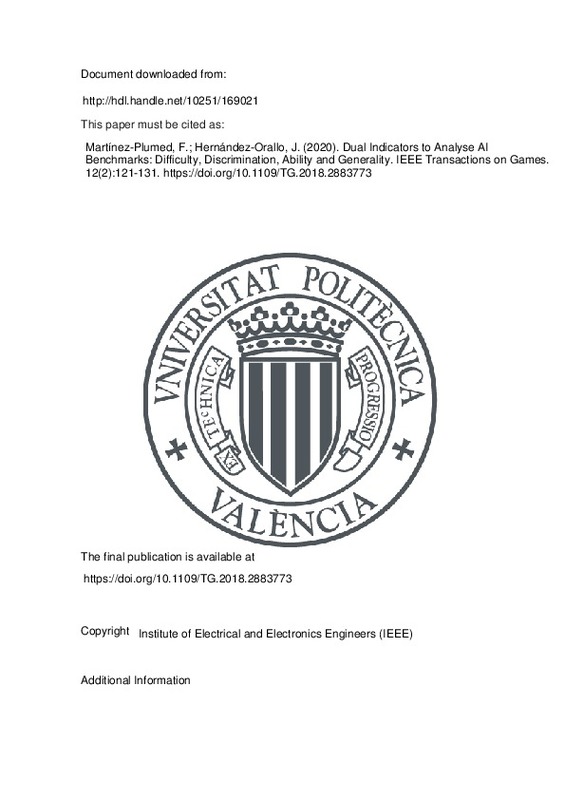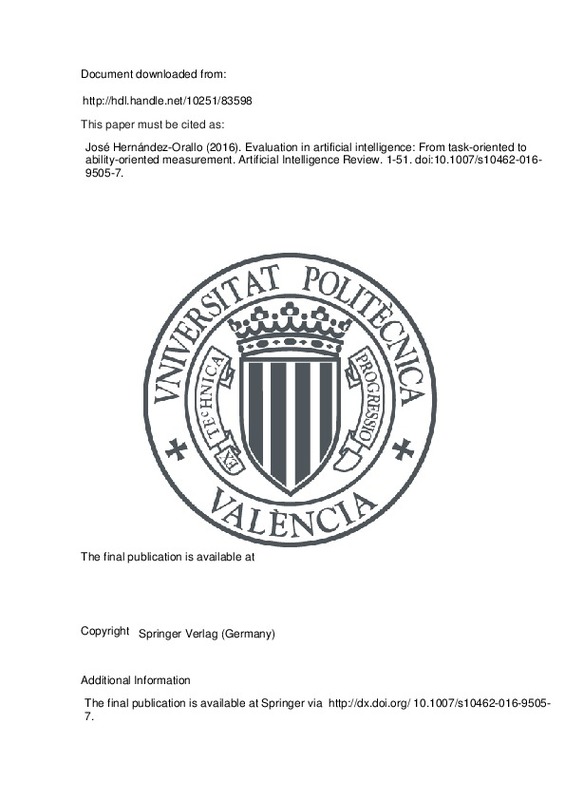

Listar por palabra clave "AI evaluation"
RiuNet: Repositorio Institucional de la Universidad Politécnica de Valencia
- RiuNet repositorio UPV
- :
- Listar por palabra clave
JavaScript is disabled for your browser. Some features of this site may not work without it.
Buscar en RiuNet
Listar
Mi cuenta
Ayuda RiuNet
Admin. UPV
Listar por palabra clave "AI evaluation"
Mostrando ítems 1-7 de 7
-
Moros Daval, Yael (Universitat Politècnica de València, 2023-09-19)[EN] Large language models can be used for a wide range of tasks. The performance on each task instance depends on the specific characteristics of the question (e.g., knowledge or reasoning required) but also on its ...
-
Sánchez García, Pablo (Universitat Politècnica de València, 2024-09-11)[EN] AI systems are usually evaluated with a variety of benchmarks to determine their performance for specific tasks, using a single metric which provides a simplistic image of their capabilities. However, this procedure ...
-
Martínez-Plumed, Fernando; Hernández-Orallo, José (Institute of Electrical and Electronics Engineers (IEEE), 2020-06)[EN] With the purpose of better analyzing the result of artificial intelligence (AI) benchmarks, we present two indicators on the side of the AI problems, difficulty and discrimination, and two indicators on the side of ...
-
José Hernández-Orallo (Springer Verlag (Germany), 2016-08-19)The evaluation of artificial intelligence systems and components is crucial for the progress of the discipline. In this paper we describe and critically assess the different ways AI systems are evaluated, and the role ...
-
Martínez Plumed, Fernando; Castellano Falcón, David; Monserrat Aranda, Carlos; Hernández Orallo, José (2022-03-09)This supplementary material serves as technical appendix of the paper When AI Difficulty is Easy: The Explanatory Power of Predicting IRT Difficulty (Martínez-Plumed et al. 2022), published in The Thirty-Sixth AAAI ...
-
Jiang Chen, Ke-Xin (Universitat Politècnica de València, 2024-09-17)[CA] El camp de la intel·ligència artificial ha portat al desenvolupament de grans models de llenguatge avançats amb impressionants habilitats lingüístiques. No obstant això, encara no està clar fins a quin punt aquests ...
-
Zhou, Lexin (Universitat Politècnica de València, 2023-06-20)[EN] Pretrained artificial intelligence models are made more human-like and human-aligned by scaling them up in resources (e.g., by increasing compute, training data and parameter size) and shaping them up with human ...
Mostrando ítems 1-7 de 7

Universitat Politècnica de València. Unidad de Documentación Científica de la Biblioteca (+34) 96 387 70 85 · RiuNet@bib.upv.es








